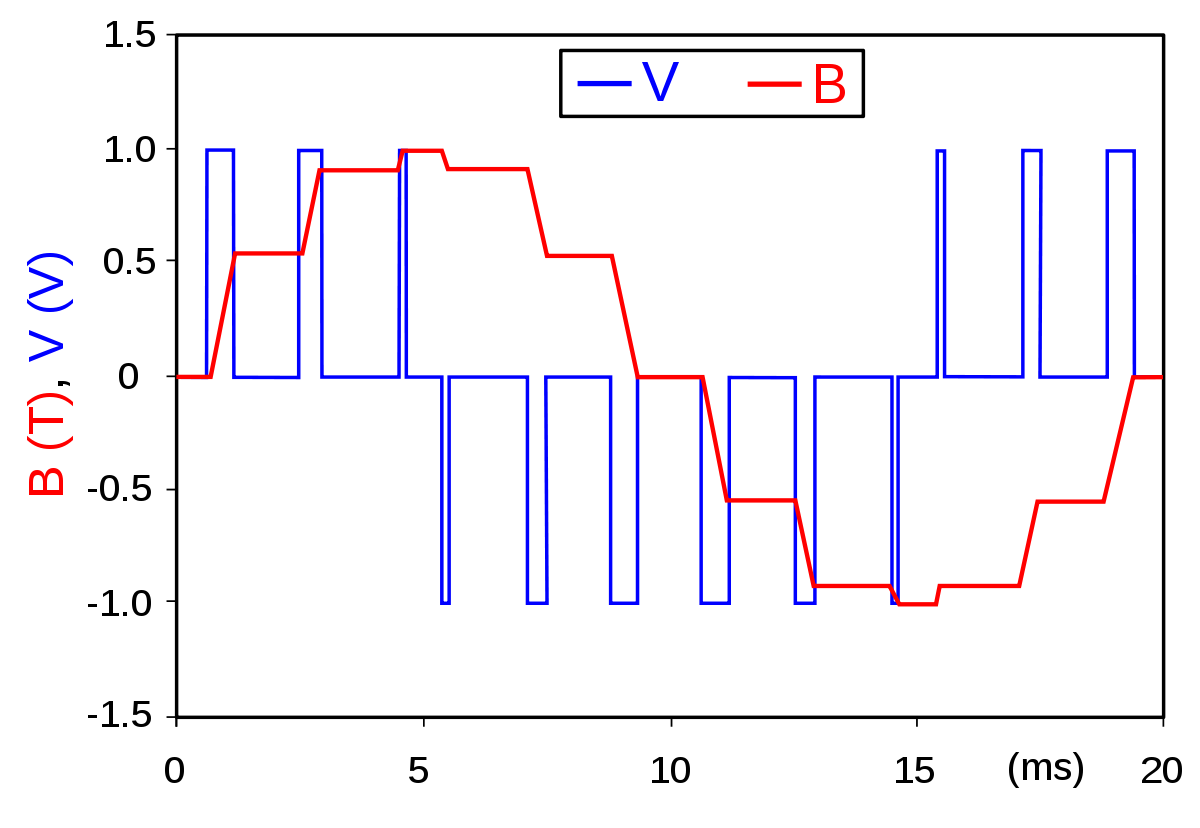- Thread Starter
- #21
ok, after a few unexpected issues, i have the 4 channels up and running!!
here is the final result (unless for the power supply filtering caps that i have yet to solder). I made it to fit on top of the audio extractor:

not my best soldering job....
here is the pin tapping job, it was as difficult as i expected, but managed to get it done:

As explained before, i left the cables long and messy on purpose to test how robust the i2s connection is. As is, it goes to 96kHz/24bits but not higher than that. I know wm8804 has a different mode for 176 and 192kHz so it might well be that i need to do something else to access that mode. It is my first time working in hardware mode with this chip so i am not 100% sure if i am doing it correctly.
I also mentioned that i had experienced channel swapping, that of course is a no go for multichannel applications. I went to ask to diyaudio and thanks to @HenrikEnquist and @phofman i could find out that the channel issues happened when there were buffer underruns at the source. Seems that it is not clear why this happens, it could be a device (the extractor) issue, a driver issue... in any case, using camilladsp is very easy to avoid buffer underruns at the cost of a little latency, so i set the parameters that i always use in my main system (chunksize 4096, target level 4096) and i have been now running it 24+ hours without issues. Btw, if anyone is using a raspberry pi to output audio via HDMI to an AVR and has experienced such issues, i think they would like to know.
In parallel, as the parts i needed took very long to arrive, i have been working on a second hdmi -> spdif project, but this time with 8 channels (4 via toslink+2Aes/ebu+2 to chose coax or AES/ebu) and much easier to solder. More to come!

here is the final result (unless for the power supply filtering caps that i have yet to solder). I made it to fit on top of the audio extractor:
not my best soldering job....
here is the pin tapping job, it was as difficult as i expected, but managed to get it done:
As explained before, i left the cables long and messy on purpose to test how robust the i2s connection is. As is, it goes to 96kHz/24bits but not higher than that. I know wm8804 has a different mode for 176 and 192kHz so it might well be that i need to do something else to access that mode. It is my first time working in hardware mode with this chip so i am not 100% sure if i am doing it correctly.
I also mentioned that i had experienced channel swapping, that of course is a no go for multichannel applications. I went to ask to diyaudio and thanks to @HenrikEnquist and @phofman i could find out that the channel issues happened when there were buffer underruns at the source. Seems that it is not clear why this happens, it could be a device (the extractor) issue, a driver issue... in any case, using camilladsp is very easy to avoid buffer underruns at the cost of a little latency, so i set the parameters that i always use in my main system (chunksize 4096, target level 4096) and i have been now running it 24+ hours without issues. Btw, if anyone is using a raspberry pi to output audio via HDMI to an AVR and has experienced such issues, i think they would like to know.
In parallel, as the parts i needed took very long to arrive, i have been working on a second hdmi -> spdif project, but this time with 8 channels (4 via toslink+2Aes/ebu+2 to chose coax or AES/ebu) and much easier to solder. More to come!
Last edited:


